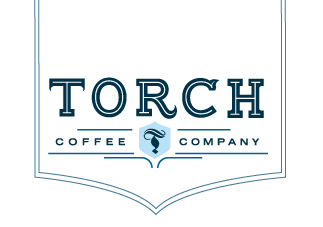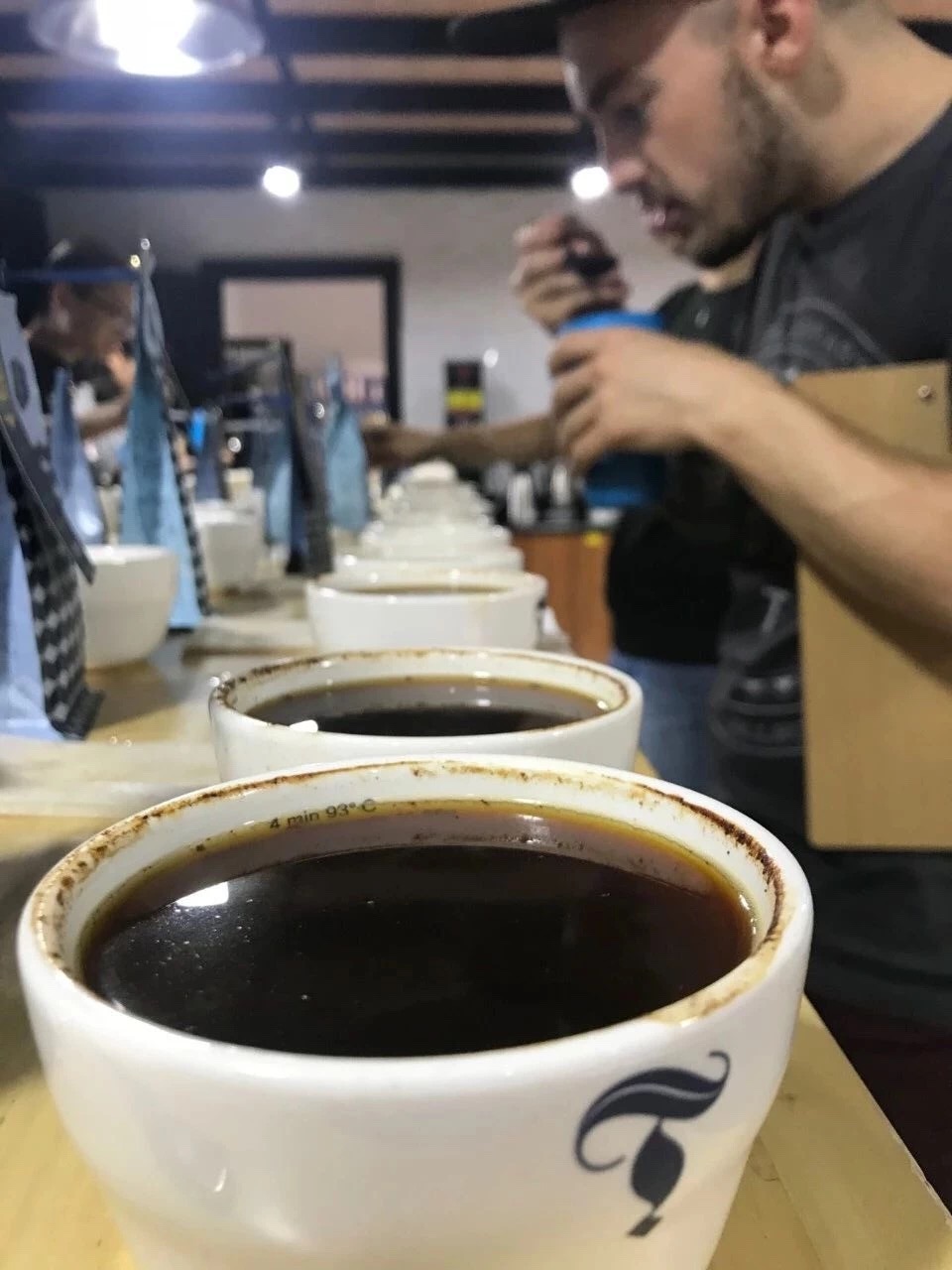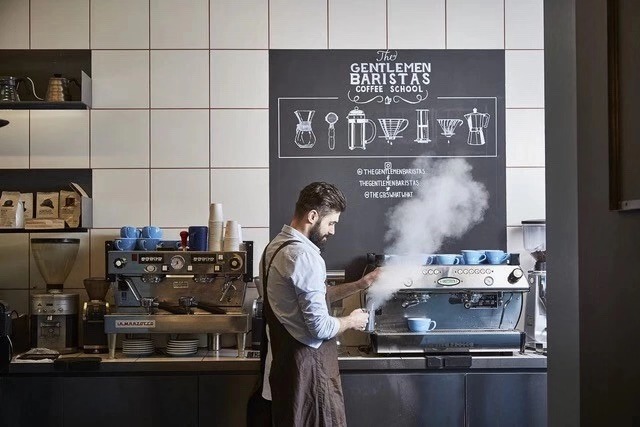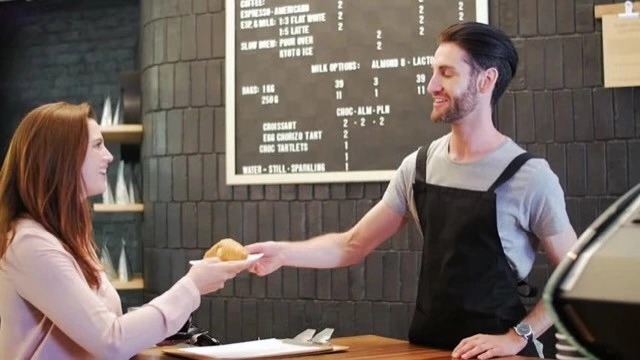Coffee roasting and roast levels are becoming a more common topic among consumers, and roasting coffee is becoming a more common practice for many coffee professionals and nerds. Roasting coffee has many benefits: it can ensure you are drinking fresh coffee and make your coffee drinking experience more personable. If you are intrigued by roasting but don't know how to start, then keep reading the 7 key requirements I have shared below.
No.1 Purchase a suitable roaster
You need to start by selecting a roaster that fits your goal. For example, if you are a coffee shop owner, you need to take into account your sales. You don't want to underproduce, but you also don't want to produce more than you need. You also need to think through whether you would use electricity or gas. If you are just a coffee nerd that wants to roast for fun, then you only need to buy a roaster with a smaller capacity. After purchasing the machine, familiarize yourself with your new metal friend; learn how to control temperature, air flow, learn where first and second cracks are, how much heat your machine retains, etc.
No.2 Understand your green beans
The next task is to understand your green beans. Have you ever paid attention to the density, size, moisture content or processing method before starting to roast? How does this information affect roasting?
Bean density reflects the structure of beans; the higher the density, the tighter the structure of the bean is. If a bean has a high density, it will take longer to absorb heat, leading you to start at a higher temperature or to extend roast time. Therefore, when roasting, we try not to blend beans of different densities.
Similarly, different bean sizes and moisture contents have different heat requirements. If we blend beans of different sizes and moisture contents together, it will affect the consistency of roasting.
Also, different processing methods affect the roasting but this is more apparent in the flavor of the coffee.
No.3 Keep a roast log
In order to maintain consistency, it is necessary to record as much information as possible: green bean weight, bean temperature, flame, air flow, ROR, turning point, first crack, second crack, ending time, ending temperature, and final roasted bean weight. All of this information will help you to analyze your roast, allowing you to accurately adjust your roast plan.
No.4 ROR
ROR (the Rate of temperature Rise) is commonly calculated by the rate of temperature that increases per minute. The number reflects the heat supply in roasting and the speed of roasting. A high ROR means more heat is being applied, increasing roast speed. A low ROR means the heat is being slowly applied, leading to a slower roast speed.
No.5 Have a Plan
A roast plan should include the flavor expectations of this coffee, the time required to achieve this goal, the development time, bean temperature, the end temperature, the power and airflow used throughout the roast.
No.6 Cup your coffee
We can make a roast plan and complete the roasting log to match perfectly, but the taste is king. The goal is to have a delicious cup of coffee. Every roaster needs to evaluate their coffee from the quality of the cup. So a good roaster should have the ability to cup coffee, distinguish flavors, and describe their coffee to their customers.
No.7 Maintenance
Whether you buy a machine that is expensive or cheap, you need to follow the manual to carry out routine maintenance. Routine maintenance will ensure that the machine is working properly, help extend the life span of your metal friend, as well as guarantee safety during production.
What other key steps are there in roasting? Anything you think I should spend more time explaining? Please share any advice or questions with me!






















